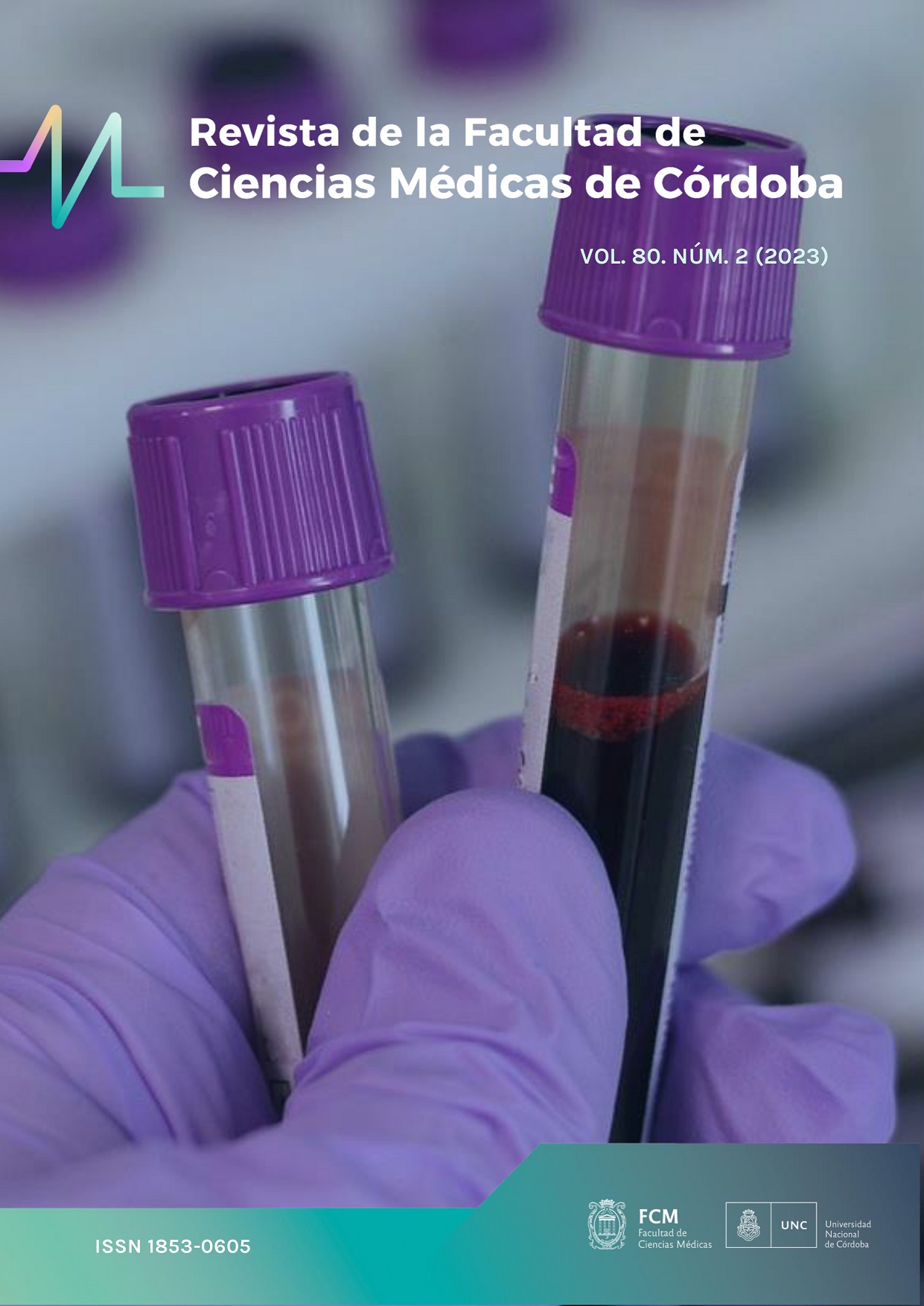Validation of the bilateral olfactory bulbectomy model by electrocautery in mice
Keywords:
depression, Olfatory bolbectomy, electrocautery, hyperlocomotionAbstract
Depression is an affective disorder that affects a large proportion of the world's population, characterized by symptoms such as sadness, anhedonia, and lack of interest. In addition to emotional aspects, depression can lead to disturbances such as sleep disturbances and loss of appetite. This condition not only negatively impacts the individual's quality of life, but also increases the risk of developing other mood disorders. At the neurobiological level, a relationship between depression and neurotransmitters dysfunctionsuch as serotonin and norepinephrine has been observed, as well as structural changes in the brain (reduction in hippocampal volume). Animal models, such as bilateral olfactory bulbectomy (BOB), have been fundamental to study the pathophysiological mechanisms and evaluate the efficacy of antidepressant treatments in a controlled environment, however, its use is difficult due to the high rate of animal mortality that it entails and the post-surgical care.
In order to solve this, we propose a new BOB technique using electrocautery, which would allow to emulate similar behavioral response in behavioral tests and a better survival rate. For the validation of this technique (CICUAL CE-2023-00565701-UNC-SCT#FCM) Albino Swiss male mice (n=113) were divided into two groups: bilateral olfactory bulbectomy (BOB) by aspiration (CC) and electrocautery (EC), comparing saline and fluoxetine treatment (p.o) (10 mg/kg) in open field tests (TCA), object recognition, splash tests and tail suspension (TSC). Post-surgery survival the animals were evaluated in randomly assigned to two groups (CC and CE). Behavioral responses were analyzed by two-way ANOVA, post-hoc LSD when the assumptions of homogeneity and homostaticity were met.
Both methods induced similar hyperlocomotion behaviors and fluoxetine response in TCA (p ˃ 0.05) and TSC (p ˃ 0.05). In addition, survival was notably higher with electrocautery (97% at 72 hours) compared to aspiration (24% at 72 hours), highlighting advantages in terms of efficiency in the lower use of animals, optimization of available resources and greater economic viability for future research in animal models of depression.
Downloads
References
.
Downloads
Published
Issue
Section
License
Copyright (c) 2024 Universidad Nacional de Córdoba

This work is licensed under a Creative Commons Attribution-NonCommercial 4.0 International License.
The generation of derivative works is allowed as long as it is not done for commercial purposes. The original work may not be used for commercial purposes.











